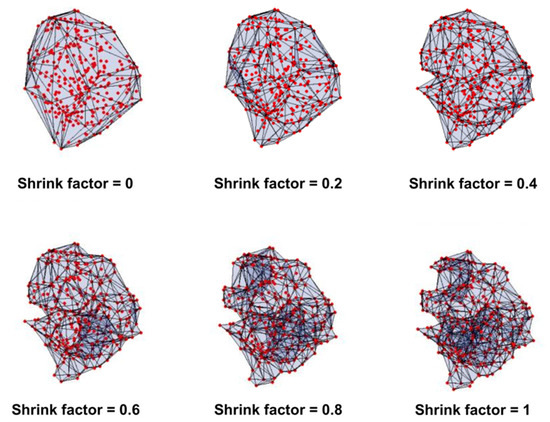Pranav M. Khade
I know a little about proteins and how to design them


I have collaborated with cheminformatics professors, mathematicians, statisticians, experimental scientists, AI experts, and even civil engineers. I have been a speaker at a few prestigious conferences. I love to work in a diverse and open workplace where creativity, diversity, and innovation are valued.
I currently work as a Scientist at Gilead Sciences, and my research duties involve computational design of therapeutic proteins, including Antibodies, VHHs and immunization targets using AI ML methods I developed and industry standards. I have completed three degrees in life sciences including a Ph.D. degree in Computational Biology. Master’s degree in Bioinformatics and a Bachelor’s degree in Biotechnology and an industry postdoc at Prescient Design (Genentech Inc.).
During my Ph.D. I have successfully conceptualized, initiated, designed, and implemented several novel and innovative ideas, carrying them out to successful completion that resulted in seven publications. I received the Research Excellence Award and graduation honor for it. I have also built a software package called PACKing and Motion Analysis (PACKMAN) around my research, which has tens of thousands of downloads on the Python Package Index (PyPI) (https://github.com/Pranavkhade/PACKMAN). The ultimate goal of my thesis has been to explain the global motions of the proteins using protein packing information, and I have made significant progress with this. Along with the research work, I have also completed various courses on diverse topics such as Structural Bioinformatics, Statistical Bioinformatics, Bioinformatics Algorithms, Systems Biology, and many more.
During my Master’s training, I learned more about Bioinformatics in Cell Biology, Immunology, Structural Biology, Genetics, Omics, Evolution, Cheminformatics, Data Mining, and Biostatistics. Overall, my Masters’s degree included a detailed overview of Bioinformatics. I learned everything from predicting epitomes given viral protein sequences to relating Single Nucleotide Polymorphism to phenotypes. My Masters’s research project was in Cheminformatics, where I designed a method to overcome the shortcomings of stochastic conformer generators.
Here are a few technologies I've been working with recently:Extra curricular:
Extra curricular:









